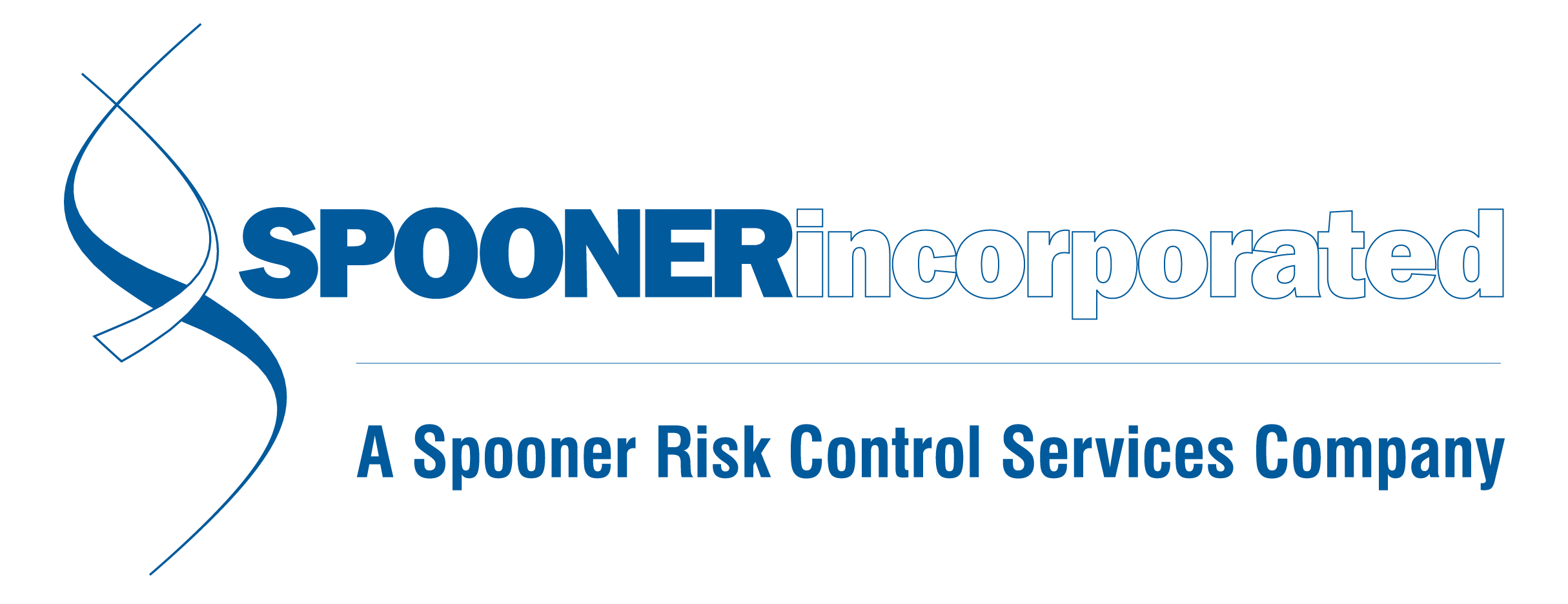Surprise, It's OSHA! Dos and Don'ts for Surprise Inspections

Under the new administration, we have already seen a significant difference in approaches compared to the previous ones. Here is a recent example:
An employee gets his arm caught in a machine and is hospitalized. Historically, in addition to the standard 5 years of OSHA 300/300A - OSHA would be looking at the machine and requesting the Lock Out/Tag Out (LO/TO) program. Now when OSHA shows up, it may look more like this: They look at the machine, request LO/TO and their written HazCom GHS program, Employee Orientation (onboarding) program, all LO/TO training documentation for Authorized and Affected employees, PPE Hazard Assessments, work instruction/training on machine in question, and Forklift Training Documentation.
Is all of this requested material directly related to the incident? Not exactly - but they're going to expect you to supply it, regardless. Having said that, Spooner is encouraging all of our clients to review their OSHA Compliance, which should include all your written programs, sub-elements under those programs, and your facility. If you think you have nothing to worry about, ask yourself this: Once OSHA is in our facility, could we supply all of that requested documentation?
Speaking of having OSHA at the door, we get a lot questions (and panicked phone calls) on that subject. To help you navigate that anxiety-inducing situation, here are some basic steps to take if you receive a “surprise” visit from an OSHA Compliance Officer.
What to do if OSHA comes knocking…
1. Be courteous; ask to see their identification.
2. Let them know what your policy is for handling these visits, or let them know that you need to gather members from Leadership as well as Union representation (if applicable) before proceeding any further.
3. Escort them to an office or an out-of-the-way room; let them know you will be back with them shortly (20 min. max).
- Do not take them through your operation to get them to these locations, it should be an areain the front of your facility, like a conference room.
- Do not let them do a walk around of your facility without having an “Opening Conference” with Leadership. (The compliance officer will conduct an “Opening conference” where they will state the purpose of their visit.)
4. Ask them specifically what documents they would like to review, and what areas they would like to see in your facility.
5. Provide them with only the documents they request, no embellishments.
6. The same with the facility tour - if it’s a particular area or machine, take them directly to it via the shortest route or the route that exposes the least amount of your facility to their view. Whatever they see en route is fair game to further scrutiny. Depending on your comfort level, sometimes the best route might be out the front door, along the side of the building and in a side/back door.
7. DO NOT refuse them entrance or turn them away; they will come back with additional staff, who will not be happy.
These are just the basics of the initial contact, but there are more details for this process. Spooner encourages all of our clients to reach out to our team for further guidance if an inspector shows up at your facility. It’s part of our job to work with these agencies and assist you in responding to any of their inquiries. Our Safety Team can be reached at 440-249-5284.

